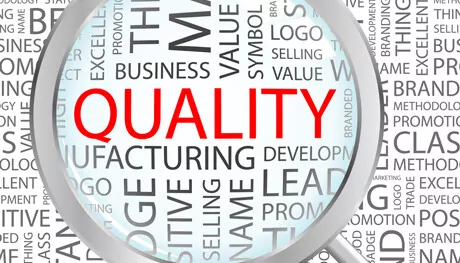Author: Katerina Giannelis
In Australia, for any given device, irrespective of risk classification, manufacturers must demonstrate compliance with the Therapeutic Goods Administration (TGA) essential principles. The essential principles define the requirements for the overall safety and performance of a device including the application of risk management, labelling, sterility, and specific matters such as electrical, biological and radiological safety.
On 17 April 2021, the TGA published the latest version of the Therapeutic Goods (Medical Devices) Regulations 2002, which included an updated version of the Essential Principles, found in Schedule 1 of the legislation. The changes, applicable to medical devices and In-vitro diagnostic devices (IVDs), involved the addition of requirements in relation to programmed or programmable medical devices or software that is a medical device.
These requirements were primarily added as a subpart of Section 12 – Medical devices connected to or equipped with an energy source. In summary, these requirements address the design, production, and maintenance of programmed or programmable medical devices or software in terms of the:
- Safety, performance, reliability, accuracy, precision, usability, security and repeatability for its intended use and acknowledged state of the art;
- Risks, fault conditions and disruptions to performance and the corresponding elimination or reduction measures applied;
- Privacy, integrity and quality of the data or information;
- Use of a computing platform;
- Data that influences or is used by the device;
- Correct operation of the device and provision of instructions to do so; and
- Provision of cybersecurity.
Furthermore, essential principle 13.2, subsection (3) – information to be provided with medical devices—location was updated to specify that for a medical device that is not a software, information must be provided on a leaflet that is supplied with the device. However, for a medical device that is a software, information must either be provided on a leaflet supplied with the device or electronically. Finally, the addition of requirement 13B – Software – version numbers and build numbers were also identified, which requires that the current version and build number of the software must be identifiable and accessible by users and must be presented in English.
What does this mean for manufacturers and sponsors?
Firstly, it is critical that manufacturers are aware of these changes and only use the most recent version of the essential principles going forward. Furthermore, manufacturers with existing devices on the market will be required to reassess their compliance with the set of revised essential principles and update their device technical file.
For certain devices, this may involve the development of additional technical documentation and rationale to demonstrate compliance with the specific essential principles inclusions.
It is also important to note that as a result of Europe’s transition to the EU 2017/745 Medical Device Regulation (MDR), the majority of manufacturers using European EC certificates as conformity assessment evidence will be transitioning to similar requirements, hence the impact to a product would likely not be specific to Australia and changes to the documentation may be addressed at the same time.
Our team is here to support you to adequately assess the impact of this regulatory change and addressing these new requirements to fulfil compliance. Please don’t hesitate to contact our team if you require any technical support.Contact us








